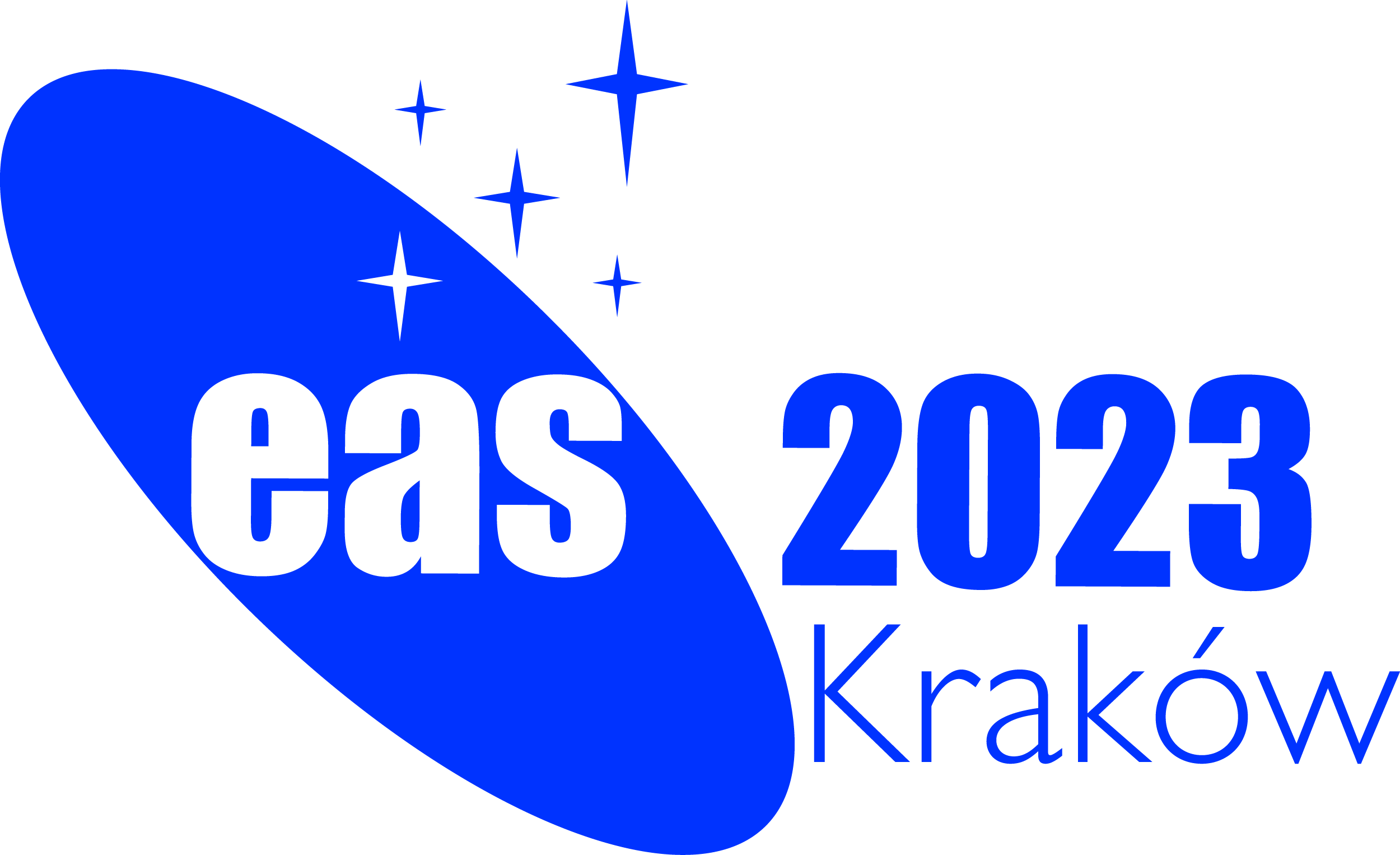Special Session SS26
13 July 2023
Superluminous supernovae near and far: recent breakthroughs and future prospects
Aims and scope
The observations of star-forming regions, stars and their fates (supernova explosions and stellar remnants) have led to the development of stellar evolution models of ever-increasing complexity. However, most actual knowledge is based on observations of the local Universe, relatively high-metallicity environments, and stars up to a few tens of solar masses. Stellar evolution models also predict the existence of much more massive stars and their evolution, especially in the early Universe. One of the ways to probe stellar evolution in low-metallicity environments and in the distant Universe is through the observations of superluminous supernovae (SLSNe), near and far.
This workshop has two objectives. Firstly, we want to bring together experts in superluminous supernovae, observers and theoreticians, to discuss the latest developments in the field, contrast them with state-of-the-art theoretical models, identify current limitations and discuss how we can overcome them. Secondly, we wish to discuss superluminous supernovae in the context of new and upcoming facilities such as the James Webb Space Telescope, the Rubin Observatory, the Euclid Space Telescope and the Roman Space Telescope. Simulations predict that these new observing facilities will detect superluminous supernovae out to the highest redshift, where individual stars are too faint to be detected, and thus allow the characterisation of the massive star populations and properties in these regimes. In addition, these facilities will possibly even discover new classes of transients, such as pair-instability supernovae, which have not been found in the low-redshift Universe yet but are thought to have existed in large numbers at high redshift. However, in order to uncover the large potential of SLSNe, we will first need to find them! In this workshop we wish to discuss methodologies to discover SLSNe in large data streams (e.g. via machine learning in LSST) and how to best exploit the valuable, but limited, photometric data points from high-z surveys.
Programme
- Observations of low-redshift superluminous supernovae
- Theoretical models of superluminous supernovae
- Finding superluminous supernovae in LSST-like alert streams and high-redshift
surveys
Invited speakers
- Janet Ting-Wan Chen (Technical University of Munich, Germany)
- Anders Jerkstrand (Stockholm University, Sweden)
- Sebastian Gomez (Space Telescope Science Institute, USA)
Scientific organisers
Alexandra Kozyreva (Max Planck Institute for Astrophysics, Germany), Giorgos Leloudas (Technical University of Denmark, Denmark), Ragnhild Lunnan (Stockholm University, Sweden) Steve Schulze (chair, Stockholm University, Sweden)
Contact
eas2023_slsn @ googlegroups.com
Updated on Tue Jan 31 13:38:35 CET 2023
|

 A power cut will shut down all EAS services on Tuesday, 10 January 2017 starting at 7:30 CET.
A power cut will shut down all EAS services on Tuesday, 10 January 2017 starting at 7:30 CET.


